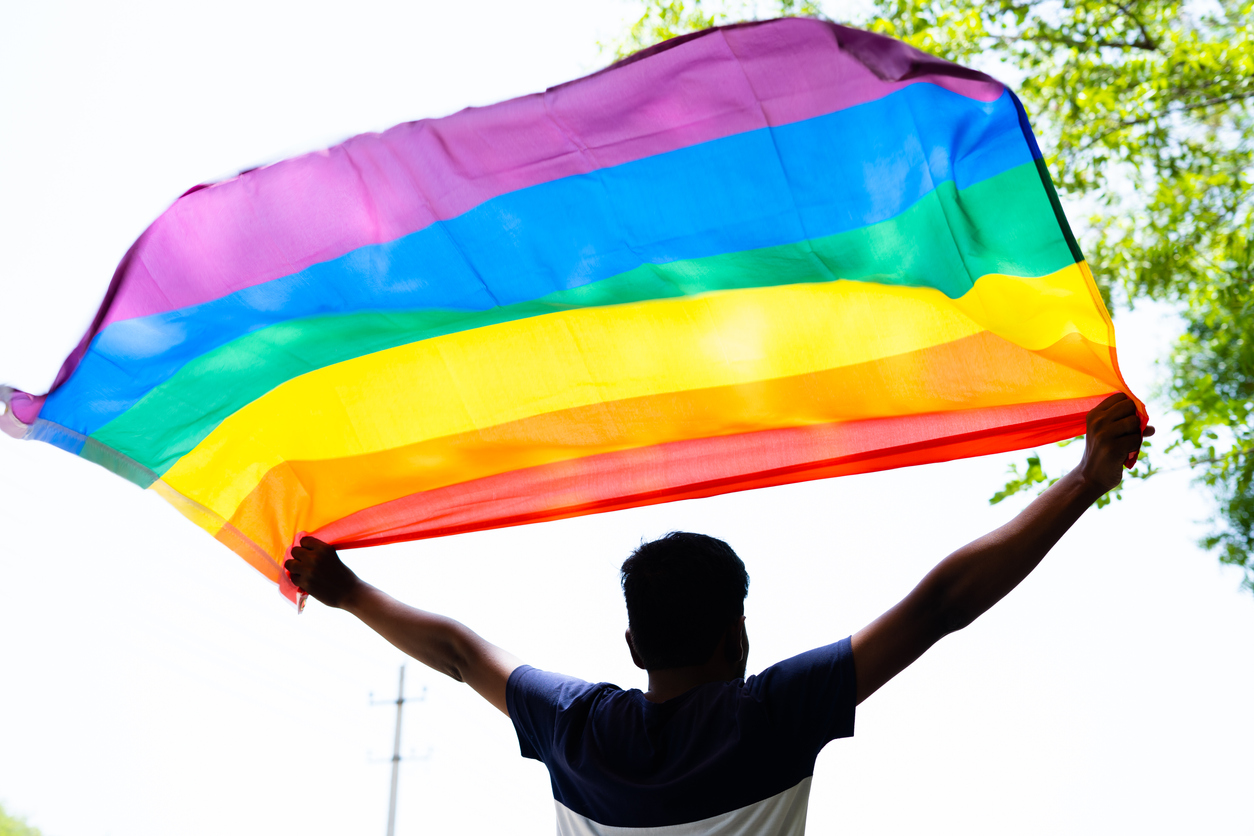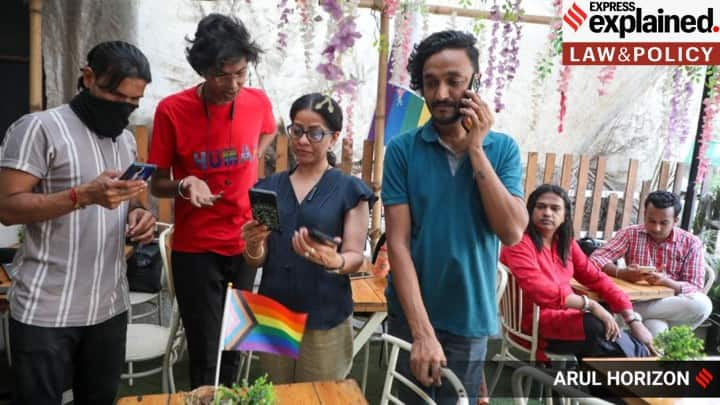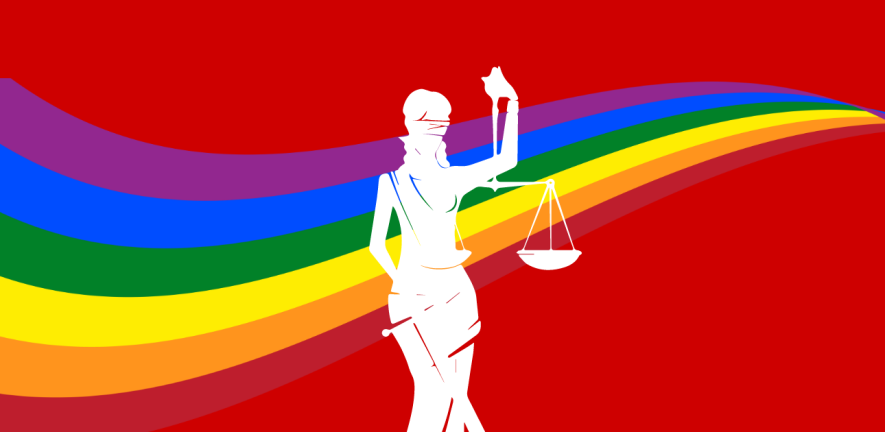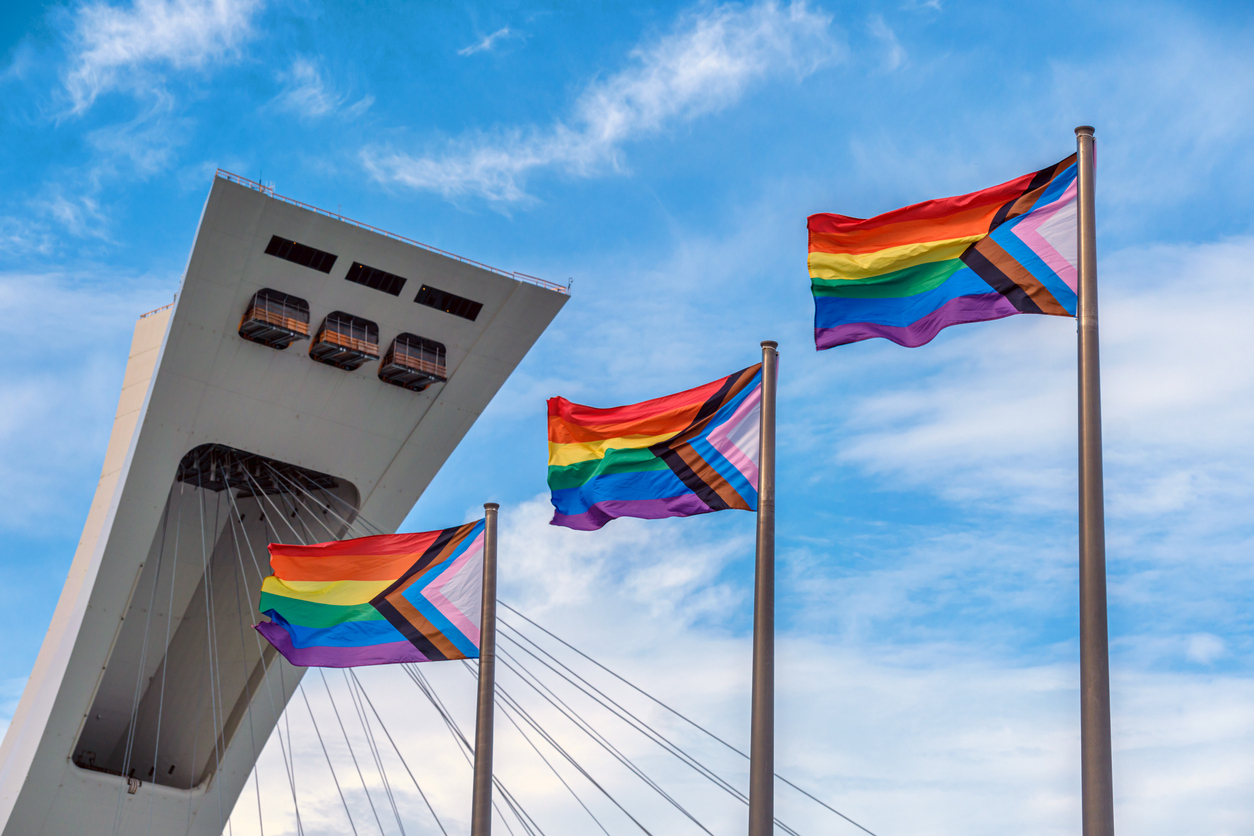
The Slippery Slope Fallacy and a Politics of Disgust
Challenging the incest trope in the marriage equality case
The Slippery Slope Fallacy in India’s Marriage Equality Debate
The ongoing hearings on marriage equality in India have sparked heated debates, with arguments made by the petitioners, respondents, and the Chief Justice eliciting sharp reactions from both supporters and opponents of the issue. While the petitioners argue that the right for queer people to marry is a fundamental right, the respondents believe that it is for Parliament to regulate and legislate on marriage. On April 27th, 2023, the government’s counsel, Mr. Tushar Mehta, opposing marriage equality presented a hypothetical scenario suggesting that legalizing queer marriages could eventually lead to the acceptance of incestuous relationships and other “degrees of prohibited relationships” as laid out in the Hindu Marriage Act, 1955 (HMA). “Visualize the situation after five years down the line,” said Mr. Mehta to the bench. This argument is not only misleading but also discriminatory because it erroneously associates the consenting and loving relationships of same-sex couples with the taboo of incest.
Section 3(g) of the HMA defines the degrees of prohibited relationships in detail, which broadly cover lineal ascendants or descendants (for example, a parent or child), former spouses of lineal ascendants or descendants, spouses of siblings or certain other relatives (for example, aunts, uncles, or cousins), siblings or half-siblings, nieces or nephews, or children of siblings, half-siblings, or both. Relationships by half or uterine blood, illegitimate blood relationships, or relationships by adoption are also included in the prohibited degrees of relationship.
Mr. Mehta’s argument about incest is a slippery slope fallacy, which suggests that if we allow one thing to happen, it will lead to a series of subsequent negative consequences. However, this argument is not only arbitrary and discriminatory but is also not backed by any credible evidence. Queer marriages have no bearing on the degrees of prohibited relationships already defined in the HMA. Furthermore, consenting adult queer relationships have nothing to do with the taboo of incest and should not be conflated with it.
The Politics of Disgust: Repugnance and the Incest Trope in Homosexuality Cases
In April 2003, then-Republican United States Senator Rick Santorum used the same slippery slope metaphor to predict the sexual chaos that the decriminalization of homosexuality would supposedly unleash in America. Santorum had said, “If the Supreme Court says that you have the right to consensual [gay] sex within your home, then you have the right to bigamy, you have the right to polygamy, you have the right to incest, you have the right to adultery.” Interestingly, even Mr. Mehta evoked the bogey of polygamy but did not mention adultery, perhaps because it was decriminalized by the Supreme Court in Joseph Shine vs. Union of India (2018).
As Constitutional Law scholar, Courtney Cahill points out, The incest trope has a long history of being used to condemn or regulate forms of sexuality considered “deviant” or “abnormal”. For instance, in The Ideology of Slavery: Proslavery Thought in the Antebellum South, 1830-1860, author Drew Gilpin Faust points out that interracial relationships were subject to the same incestuous tropes as homosexuals are today. He specifically highlights sociologist Henry Hughes’ work in Treatise on Sociology: Theoretical and Practical (1852), in which Hughes stated “Degeneration is evil. It is a sin. That sin is extreme. Hybridism is heinous. Impurity of races is against the law of nature. Mulattoes are monsters. The law of nature is the law of God. The same law which forbids consanguineous amalgamation; forbids ethnical amalgamation. Both are incestuous. Amalgamation is incest.”
In Antigone’s Claim: Kinship Between Life and Death, Judith Butler explains the incest taboo in greater detail and argues that while one function of the incest taboo is to prohibit sexual exchange among kin relations or, rather, to establish kin relations precisely on the basis of those taboos. The other, more insidious function, is to invoke this incest taboo to establish certain forms of kinship as the only intelligible and livable ones – hence the deployment of the taboo to challenge miscegenation and homosexuality (p.70). Just as Mr. Mehta posited a hypothetical, Butler also posited a hypothetical in her text: “Consider that the horror of incest, the moral revulsion it compels in some, is not that far afield from the same horror and revulsion felt toward lesbian and gay sex, and is not unrelated to the intense moral condemnation of voluntary single parenting, or gay parenting, or parenting arrangements with more than two adults involved.” And this is precisely why the incest trope is so common and sometimes successfully deployed in matters concerning homosexuality – for it invokes a feeling of repugnance, or what Cahill calls a “politics of disgust” that creates a false equivalency between the relationship of consenting same-sex couples with those involved in an incestuous activity that includes both heterosexual and homosexual people. Despite that, this trope is almost exclusively involved in cases of homosexuality.
The hidden assumption of arguments like these is that heterosexuals have the right to marry people they love, except those who fall in the prohibited relationships category. Homosexuals seek to marry anyone they love, perhaps one day even people who fall in the prohibited category. This argument is flawed and rightly “far-fetched,” as the Chief Justice pointed out because the state does have the authority to regulate marriage and regulate prohibited relationships. Moreover, nowhere does the petitioner’s demand for marriage equality extend to the domain of prohibited relationships. What they demand are the same rights as heterosexual and cisgender couples- nothing more and nothing less
Causes of Incest: Social and Familial Factors, Not Queer Marriage
A 1964 survey from the Netherlands on incest literature, which is available in the U.S. Department of Justice’s National Criminal Justice Reference Service virtual library, found that while incest occurs in every civilized country at the rate of approximately one case yearly per one million persons, the most common form of incest is heterosexual in nature, occurring between a father and a daughter. The literature shows that in most cases, the incestuous father, who is usually around the age of 40, engages with his oldest daughter, whose age may range from 6 to adulthood, and may also subsequently engage with other daughters. The survey went on to state that data on homosexual incest was scant, thereby begging another question: where did Mr. Mehta derive his data from? And on what basis could he say that in five years, cases of homosexual incest could knock on the doors of the Supreme Court?
Similarly, in an expansive 1991 study on Family Violence, psychiatrists Judith A. Cohen and Anthony P. Mannarino examine incest in detail and point out that the causes of incest are social and familial. Maladaptive patterns of interaction and poor communication between family members allow incestuous relationships to persist. Dysfunctional marital relationships and a delegation of parental responsibilities to the children are also environments that allow incestuous relationships to occur. The guilt of getting a family member in trouble or hurting someone else and the overdeveloped sense of responsibility victims have with the perpetrator are also causes.
None of these reasons pertain to queer relations alone. In fact, almost all literature on incest involves heterosexual unions. It is thus unfathomable that Mr. Mehta could even pose such a hypothetical.
The right of queer individuals to marry is not merely a matter of preference, but a fundamental right that must be recognized and upheld. It serves as a crucial step in correcting the historical injustices and discrimination faced by the community and any arguments against this right, fueled by misinformation and flawed reasoning, are unfounded and must be challenged. It is high time for India to embrace and celebrate marriage equality, and ensure that every citizen is granted equal rights and protections under the law.



